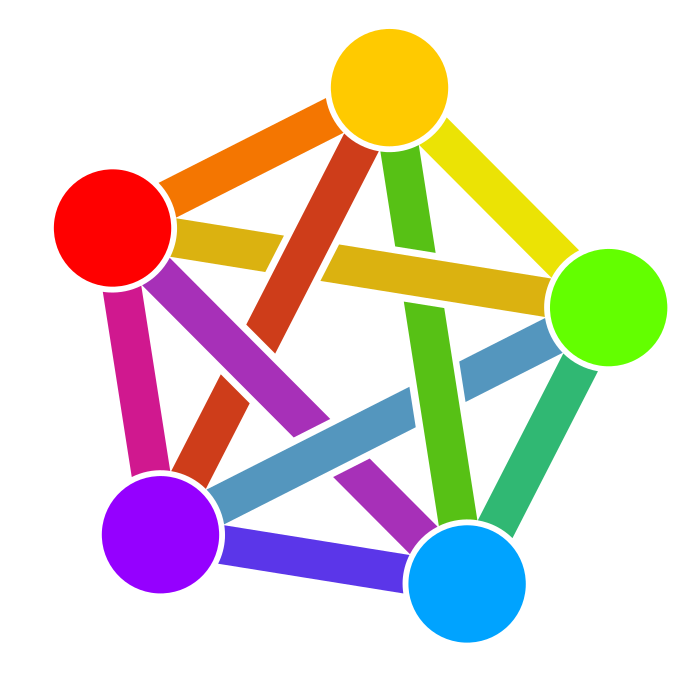

What you are alluding to is called “DIDs” = “Decentralized identifiers” (see https://en.wikipedia.org/wiki/Decentralized_identifier).
The idea of most of these methods is that you identify yourself using a private key, while a public key is spread throughout the network.
If you want to log into a server on that network, the server would “challenge” your identity by encrypting something (e.g. a random number) using the public key, which you, the holder of the private key, can then decrypt and send back to prove you are who you say you are.
This method is already standardized by the W3C, but only has been for less than a year. You also have to keep in mind that all federalized social network systems (such as lemmy and kbin) are still in early development.
Go to the relevant domain’s front page (e.g https://kbin.social/d/kbin.social for kbin.social).
The URL scheme is “https://kbin.social/d/DOMAINHERE” assuming you are currently on kbin.social.
On the right in the sidebar you can see “Domain” and below that options to subscribe or to block.
Really it’s the same thing as magazines, just that you generally don’t visit the domain itself.